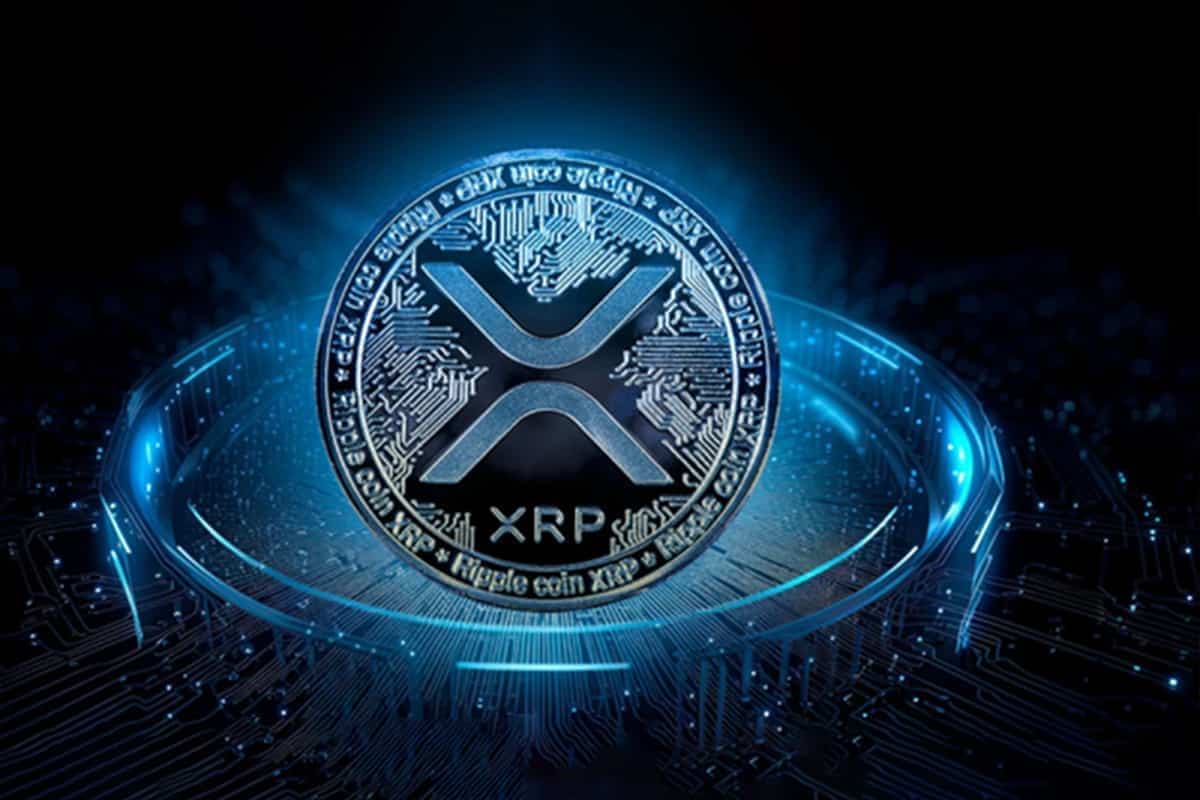Cryptocurrencies continue to reshape global financial systems, and XRP, the native token of Ripple Labs, stands out as a key player in this evolution. Designed to facilitate fast, low-cost cross-border payments, XRP 2024 has carved a niche for itself in the world of digital finance. In this article, we delve deep into what XRP is, its benefits, use cases, and why it remains a focal point for investors and businesses alike in 2024.
What is XRP?
XRP is a digital currency developed by Ripple Labs to enable real-time, secure, and low-cost international payments. Unlike Bitcoin, which focuses on decentralization and store-of-value applications, XRP aims to streamline and revolutionize global transactions by acting as a bridge currency.
Ripple’s XRP Ledger (XRPL), an open-source blockchain, powers XRP. The XRPL facilitates secure and instantaneous transactions with minimal fees, making it ideal for financial institutions and remittance services.
Key Features of XRP
- Speed: Transactions settle in 3-5 seconds, much faster than Bitcoin or traditional banking systems.
- Scalability: Capable of handling 1,500 transactions per second (TPS).
- Low Costs: Transaction fees average around $0.0002, making XRP one of the most cost-effective cryptocurrencies.
- Environmentally Friendly: XRP’s consensus algorithm consumes far less energy than proof-of-work systems like Bitcoin.
Use Cases of XRP
1. Cross-Border Payments
XRP addresses the inefficiencies in international money transfers. Traditional systems like SWIFT often involve high fees, lengthy processing times, and multiple intermediaries. XRP eliminates these issues by enabling near-instant transfers across borders.
2. Liquidity Provider for Financial Institutions
Ripple’s On-Demand Liquidity (ODL) leverages XRP to facilitate instant settlements, reducing the need for pre-funded accounts in destination currencies. Banks and payment providers can use XRP as a bridge currency, simplifying complex foreign exchange processes.
3. Micropayments
With its low transaction fees, XRP is perfect for microtransactions in online services, content subscriptions, and gaming platforms.
4. Decentralized Finance (DeFi)
The XRPL ecosystem is expanding to include DeFi applications. XRP is used in smart contracts, decentralized exchanges (DEXs), and lending platforms.
5. Tokenization of Assets
The XRP Ledger supports tokenizing real-world assets like stocks, bonds, and even real estate, enabling seamless trading and liquidity.
Why XRP Matters in 2024
1. Regulatory Clarity
After years of legal battles, XRP has gained significant regulatory clarity, boosting its adoption. Ripple’s partial victory against the SEC in 2023 affirmed XRP’s status as a digital asset rather than a security. This milestone has paved the way for greater institutional participation.
2. Adoption by Financial Institutions
Ripple’s partnerships with major banks and payment providers, such as Santander, PNC, and SBI Holdings, highlight XRP’s growing acceptance in traditional finance.
3. Focus on Sustainability
In an era of environmental consciousness, XRP’s low energy consumption sets it apart from other cryptocurrencies like Bitcoin and Ethereum. This makes it an attractive choice for eco-conscious businesses and investors.
4. Enhanced XRPL Capabilities
The XRPL continues to evolve, with advancements like sidechains and NFT support. These features expand XRP’s use cases beyond payments, attracting developers and innovators to the ecosystem.
How to Invest in XRP
Investing in XRP is straightforward, but it requires careful planning and consideration. Here’s a step-by-step guide:
1. Choose a Reputable Exchange
Select a cryptocurrency exchange that supports XRP, such as Binance, Coinbase, or Kraken. Ensure the platform is secure and user-friendly.
2. Create an Account
Sign up on the chosen exchange, complete identity verification (KYC), and secure your account with two-factor authentication (2FA).
3. Fund Your Account
Deposit funds using fiat currency (e.g., USD, EUR) or other cryptocurrencies like Bitcoin or Ethereum.
4. Buy XRP
Navigate to the trading section, search for XRP, and execute your purchase. Consider using limit orders for better control over the buying price.
5. Store XRP Securely
Transfer your XRP to a secure wallet. Hardware wallets like Ledger or Trezor are recommended for long-term storage.
Risks and Challenges of XRP
1. Regulatory Uncertainty
While Ripple has achieved some legal victories, ongoing regulatory scrutiny could impact XRP’s adoption and price.
2. Market Volatility
Like other cryptocurrencies, XRP’s price is highly volatile, influenced by market sentiment, news, and macroeconomic trends.
3. Competition
XRP faces competition from other cryptocurrencies like Stellar (XLM) and traditional payment solutions.
4. Centralization Concerns
Critics argue that Ripple’s significant ownership of XRP raises concerns about centralization and market manipulation.
Price Predictions for XRP in 2024
Many analysts predict a bullish outlook for XRP, driven by increased adoption and regulatory clarity. While predictions vary, estimates for XRP’s price range between $1.50 and $5 by the end of 2024. However, these forecasts depend on broader market trends and Ripple’s continued partnerships.
Frequently Asked Questions (FAQs)
1. Is XRP a good investment in 2024?
Yes, XRP is considered a good investment for those seeking exposure to a cryptocurrency focused on solving real-world problems, especially in cross-border payments. However, do your research and consider the risks before investing.
2. How is XRP different from Bitcoin?
XRP focuses on fast, low-cost transactions and targets financial institutions, while Bitcoin primarily serves as a decentralized store of value and digital gold.
3. Where can I store XRP?
You can store XRP in wallets like Ledger Nano X (hardware wallet), Trust Wallet, or XRP’s native wallet.
4. What is the maximum supply of XRP?
XRP has a maximum supply of 100 billion coins, with a significant portion held by Ripple Labs.
5. Can XRP be mined?
No, XRP cannot be mined. All XRP tokens were pre-mined at its launch, and the XRP Ledger uses a consensus mechanism instead of proof-of-work or proof-of-stake.
Conclusion
XRP 2024 continues to be a transformative force in the cryptocurrency world, with its focus on efficiency, scalability, and sustainability. As Ripple strengthens its position through partnerships and regulatory wins, XRP is poised for broader adoption in 2024 and beyond

